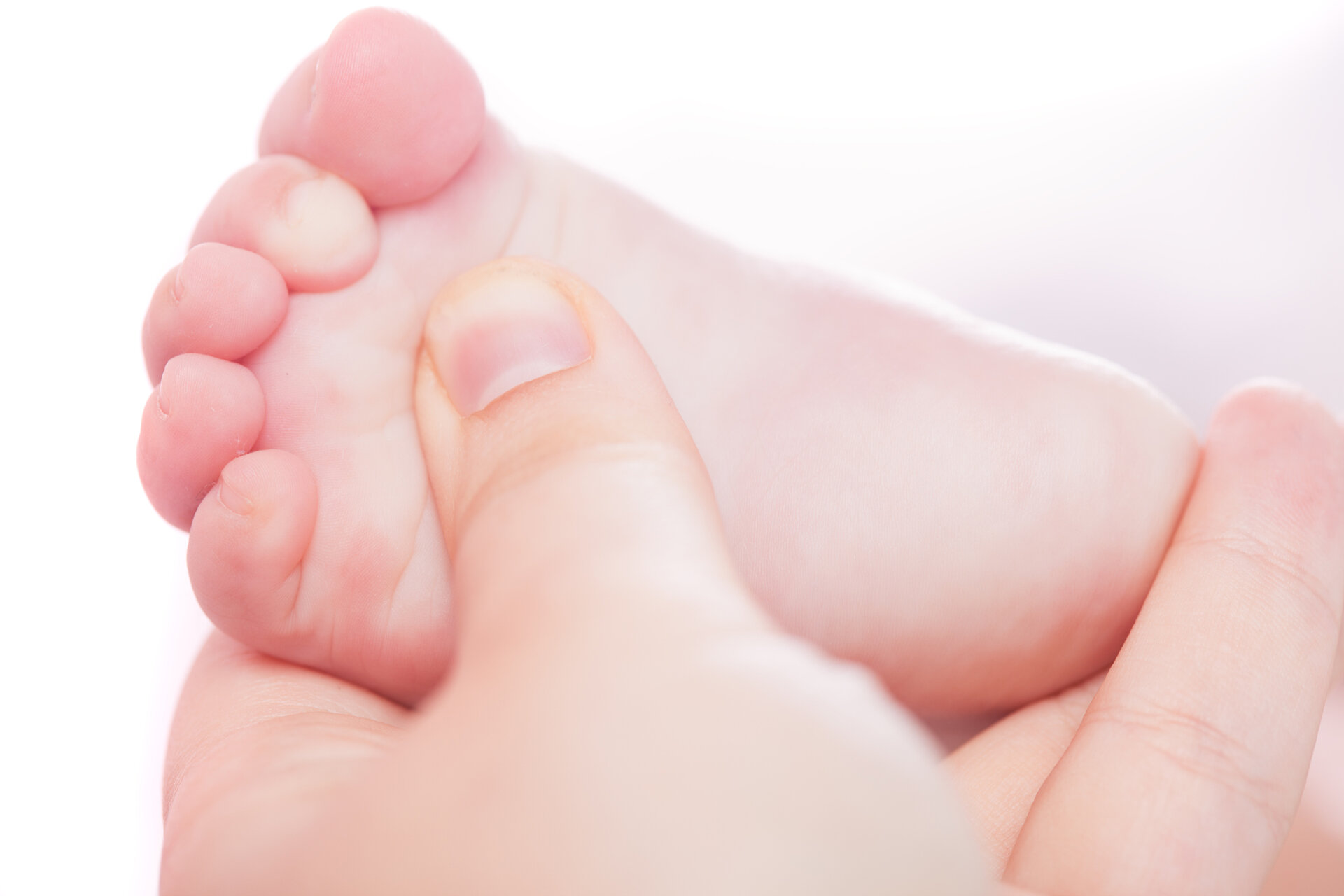Mature Retained Reflexes through Movement
Where Does it Start?
While we are growing in the womb, primitive reflexes are established in our brain. They develop in sequence as our brain and central nervous system are formed and continuing to grow. This becomes our framework for survival and development after birth, and we employ some during our birthing process.
Primitive infant movements are involuntary and hard-wired into our developing brain, known as primitive and postural reflexes. For example, the palmer reflex in the hand, the suck reflex in the mouth and the plantar reflex of the feet.
Why Do We Have Primitive and Postural Reflexes
They are pre-programmed neurological instructions designed to create the right sensory and motor awareness within our developing brain. Their purpose is to maturate our initially immature neurological system and support our future coordination, balance, cognitive and behavioural development. From a behavioural perspective, it lays the foundation for emotional understanding, to be able to make judgements and control impulses.
Possible Signs of Retained Reflexes
Children or adults who are showing any of the following:
- Slouches over a table when writing and/or support head with hand/arm
- Poor handwriting, pen grip or pain when writing
- Chews pens, fingers, or fingernails
- Sucks thumb, fingers or clothing
- Crawled in a non-typical way, toe walking or ‘W’ sitting
- Fits of emotion, mood swings, overly anxious and panic attacks
- Makes movement with mouth when writing or cutting
- Dislikes changes in routine, or inflexible requiring rigid routine
- Fluctuates between too active and exhausted
- Tires easily – poor stamina and endurance
- Procrastinates or has difficulty with making decisions
- Inarticulate speech or stuttering
- Problems socialising and/or playing with others
- Physically timid, unobtrusive, or passive
Movement and Our Brain-Body Connection
Movement is the most essential component that aids us in developing the skills that are the essential building blocks for sensory and physical development. Several studies demonstrate the link between movement programmes and improved dexterity, reading, verbal fluency, and semantic fluency (Reynolds et al 2003); the relationship between movement and the visual system (Shulman et al., 1997), movement and the language systems (Kim, Ugirbil, & Strick, 1994), movement and memory (Desmond, Gabrielli, Wagner, Ginier, & Glover, 1997), and movement and attention (Courchesne & Allen, 1997).
Rhythmic Movement Training (RMT) Integrates and Matures Reflexes
Movement requires neurological connections and builds communication pathways. It helps our brain and body to talk to each other, and this is our focus with Rhythmic Movement Training. It is a reflex integration programme based on movements and activities that replicate our earliest movement patterns. We aim to establish, strengthen and retrain the foundations of posture, neurological maturity, vestibular function, sensory processing, memory, learning, emotions and behaviour. Ultimately, what Rhythmic Movement does, is to integrate reflexes, build and strengthen neurological pathways, create postural foundations and stimulate our senses.
Our Tomatis® Method aids our RMT as it stimulates the vestibular system, which is responsible for muscle movements (motor skills) as well as balance and coordination. In addition, the Tomatis® Method relaxes our extensor muscles, extending our limbs causing our bodies to feel more relaxed. We supply Soundsory®, a home listening device with a movement programme as a maintenance intervention.
How We Can Help
Our unique assessment methods reveal the underlying, often undetected difficulties that
hamper and delay development and progress:
- Our Cognitive Skills Assessment reveals the underpinning cognitive skills related to poor academic performance.
- With our Tomatis® Listening Profile we can determine how efficient the relationship between the ears and brain is for information processing, and how well our vestibular centre is functioning.
- Using our Visagraph™, we can track and monitor eye movements which indicates our brain’s ability for receiving information, storing it in our short-term memory and retrieval (comprehension) “There exists a functional relationship between ocular movements and central processes” - Herman F. Brandt in The Psychology of Seeing.
- With Rhythmic Movement Training we integrate retained reflexes identified during our assessments
- Our Mineral Therapy Assessment reveals which minerals are lacking for optimal performance.
Based on our findings, our intervention protocols are tailor-made for each individual.
Ready to Get Started?
Get the help you need from Yolinda Bullians and our friendly team at the KingsFisher Institute.
The KingsFisher Institute, its programmes and protocols along with the TOMATIS® Method, are Educational Programmes and are considered neither medical treatments, nor a means to establish a medical diagnosis. The content of this website is for informational purposes only. It should be neither considered as, nor substitute for medical advice. We neither suggest stopping any medication or psychological treatments. The KingsFisher Institute is duly licensed by TOMATIS DEVELOPMENT S.A. which is the owner of “TOMATIS”, “TOMATIS +LOGO”, “SOLISTEN”, “TalksUP” trademarks www.tomatis.com
